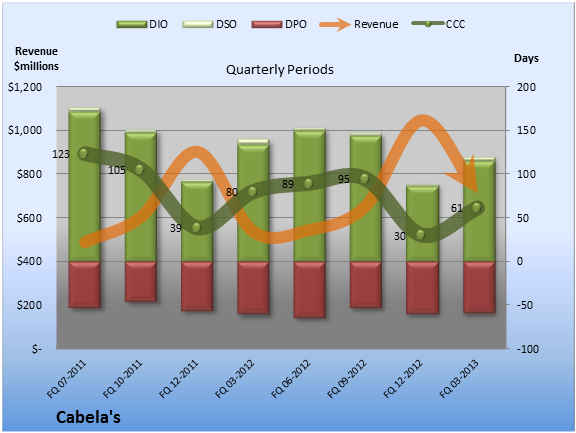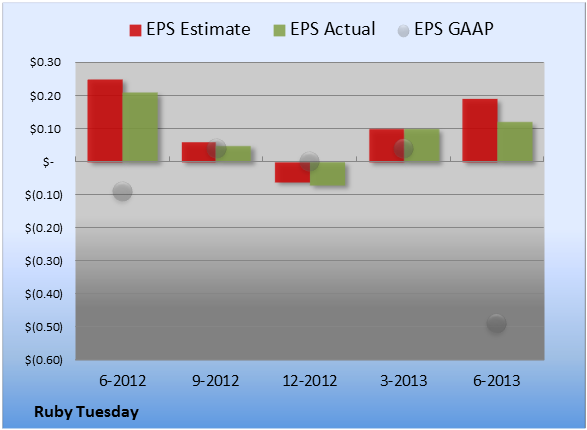Exchange-traded funds offer a convenient way to invest in sectors or niches that interest you. If you'd like to add some clean-energy-related stocks to your portfolio, the PowerShares WilderHill Clean Energy Portfolio ETF (NYSEMKT: PBW ) could save you a lot of trouble. Instead of trying to figure out which companies will perform best, you can use this ETF to invest in lots of them simultaneously.
The basics
ETFs often sport lower expense ratios than their mutual fund cousins. The PowerShares ETF's expense ratio -- its annual fee -- is 0.70%. The fund is fairly small, too, so if you're thinking of buying, beware of possibly large spreads between its bid and ask prices. Consider using a limit order if you want to buy in.
This ETF has performed�terribly, significantly underperforming the world market over the past three and five years. But the future counts more than the past, and it's been a rough few years for the entire solar energy industry, among others. And, as with most investments, of course, we can't expect outstanding performances in every quarter or year. Investors with conviction need to wait for their holdings to deliver. Indeed, stocks that have fallen sharply are sometimes great bargains.
5 Best Clean Energy Stocks To Buy Right Now: Mount Burgess Mining NL (MTB.AX)
Mount Burgess Mining NL engages in the exploration and development of mineral resource properties in Namibia and Botswana. The company explores for copper, zinc, lead, iron ore, rare earths, silver, and diamonds. It owns a 100% interest in the Kihabe-Nxuu base metals project located on the border of Botswana and Namibia; a 100% interest in the North Western Ngamiland diamond project located on the north western border of Botswana; a 85% interest in Tsumkwe rare earth element project located on the north-eastern border of Namibia; a 90% interest in the Tsumkwe diamond project located on the north-eastern border of Namibia; and a 90% interest in Makuri Vlei iron ore prospect situated on the north-eastern border of Namibia. The company is based in East Victoria Park, Australia.
5 Best Clean Energy Stocks To Buy Right Now: Weight Watchers International Inc(WTW)
Weight Watchers International, Inc. provides weight management services worldwide. It offers various services and products that are built upon its weight management plans comprising nutritional, exercise, and behavioral tools and approaches. The company, through its WeightWatchers.com offerings, provides two Internet subscription products, Weight Watchers Online and Weight Watchers eTools. Weight Watchers Online provides online content, functionality, resources, and interactive Web based weight management plans. Weight Watchers eTools is an Internet weight management tool for the Weight Watchers meetings members that helps to manage the day-to-day aspects of weight management plan online, discover various food options, stay informed, and keep track of their weight management efforts. Weight Watchers International also sells various products that complement its weight management plans, such as bars, snacks, cookbooks, food and restaurant guides with PointsPlus values, Weigh t Watchers magazines, and PointsPlus calculators primarily to its members and franchisees. In addition, it offers iPhone application, which provides subscribers with access to a suite of weight-loss tools, as well as helpful content; and iPad application, which provides subscribers with access to a set of recipe tools. The company was founded in 1961 and is headquartered in New York, New York.
TigerLogic Corporation engages in the design, development, sale, and support of software infrastructure, Internet search enhancement tools, and a social media content aggregation platform in North America, the United Kingdom, France, and Germany. The company offers Yolink, a search enhancement technology; and TigerLogic XDMS, an enterprise native XML database management server with data and document centric capabilities. It also provides multi-dimensional databases consisting of D3 data base management system that runs on various operating systems and allows application programmers to create new business solution software; mvEnterprise and mvBase, the multi-dimensional database solutions; and TigerLogic dashboard, which allows Pick UDM developers to create Web-based graphical displays of multi-value data. In addition, the company offers rapid application development tools that support the full life cycle of software application development and are used for rapid prototypin g, development, and deployment of graphical user interface client/server and Web applications. Further, it provides Postano, a real-time social media content aggregation platform, which allows users to collect content from various social media sources and display that content on Web pages hosted by the company or others. Additionally, the company offers technical support, consulting, continuing maintenance, customer support, professional, and training services. It serves independent software vendors and software developers, and corporate information technology departments. TigerLogic Corporation sells its products through OEMs, system integrators, specialized vertical application software developers, and consulting organizations, as well as directly to end user organizations and through its Web sites. The company was formerly known as Raining Data Corporation and changed its name to TigerLogic Corporation in April 2008. TigerLogic Corporation was founded in 1987 and is based in Irvine, California.
5 Best Clean Energy Stocks To Buy Right Now: National Security Group Inc.(NSEC)
The National Security Group, Inc., an insurance holding company, provides various property and casualty, and life insurance products and services in the United States. It operates in two segments, Property and Casualty Insurance, and Life Insurance. The Property and Casualty Insurance segment primarily provides personal lines coverage, including dwelling fire and windstorm, homeowners, mobile homeowners, ocean marine, and personal non-standard automobile lines of insurance in Alabama, Arkansas, Florida, Georgia, Kentucky, Mississippi, Oklahoma, South Carolina, Tennessee, and West Virginia, and operates on a surplus lines basis in the states of Louisiana, Missouri, and Texas. The Life Insurance segment principally offers ordinary life, accident and health, supplemental hospital, and cancer insurance products in Alabama, Florida, Georgia, Mississippi, South Carolina, and Texas. The company markets its products through a field force of agents and career agents, as well as thr ough a network of independent agents and brokers. The National Security Group, Inc. was founded in 1947 and is based in Elba, Alabama.
5 Best Clean Energy Stocks To Buy Right Now: Commonwealth Bank of Australia (CBA.AX)
Commonwealth Bank of Australia (the Bank) is engaged in the provision of a range of banking and financial products and services to retail, small business, corporate and institutional clients. The Bank is a provider of integrated financial services, including retail, business and institutional banking, superannuation, life insurance, general insurance, funds management, broking services and finance company activities. Its operating segments include Retail Banking Services, Business and Private Banking, Institutional Banking and Markets, Wealth Management, New Zealand, Bankwest and Other. Its retail banking services include home loans, consumer finance, retail deposits and distribution. Its business and private banking include corporate financial services, regional and agribusiness banking, local business banking, private bank and equities and margin lending. The Bank and its subsidiaries ceased to be a substantial holder in Ten Network Holdings Limited, as of September 12, 2012.












